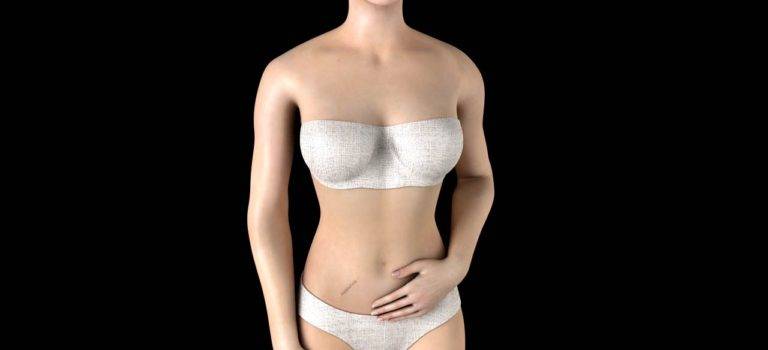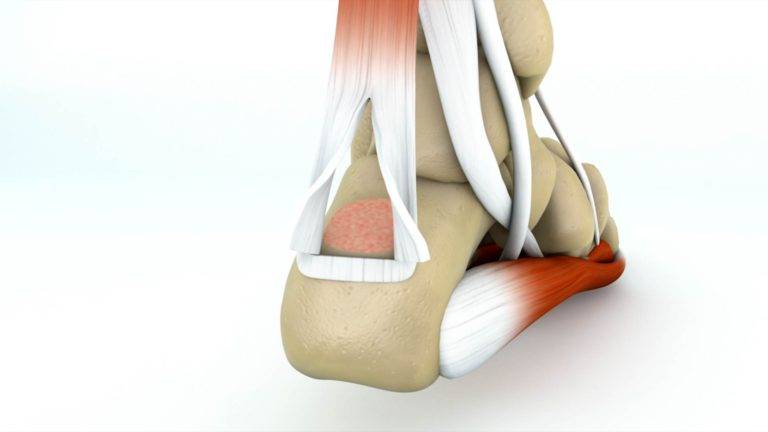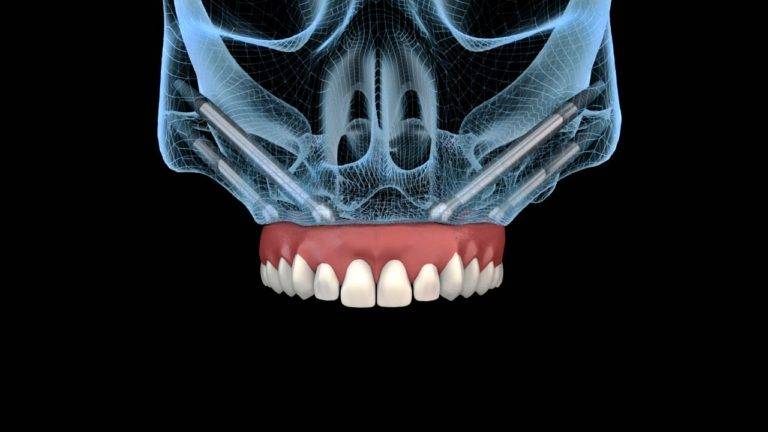The legal industry has witnessed a remarkable transformation over the years, thanks in part to advancements in technology. One such technological innovation that has made a significant impact is 3D animation.
Once primarily associated with the entertainment and gaming industries, 3D animation has found its way into the legal sector, revolutionizing how lawyers, judges, and jurors present and perceive complex information.
In this article, we will explore how 3D animation is being used in the legal industry and its various applications.
Understanding 3D Animation
Before delving into its applications, it is crucial to understand what 3D animation is. 3D animation refers to the process of creating three-dimensional, computer-generated imagery (CGI) that simulates motion and depth.
This technology allows for the creation of highly realistic visual representations of objects, environments, and scenarios.
Applications in the Legal Industry
1. Crime Scene Recreation: 3D animation has proved invaluable in recreating crime scenes. By using data from surveillance cameras, forensic evidence, and witness testimonies, 3D animators can construct detailed reconstructions of events.
These reconstructions help lawyers and jurors visualize the sequence of events, making it easier to understand complex cases.
2. Accident Reconstruction: In personal injury and accident cases, 3D animation is employed to recreate the circumstances leading to the incident.
Whether it’s a car crash, workplace accident, or medical malpractice, these animations can illustrate negligence, contributing factors, and the consequences of the incident.
3. Product Liability Cases: When a product defect leads to injury or harm, 3D animations can be used to demonstrate how the product malfunctioned or was misused. These animations help jurors and judges grasp technical details and complex engineering concepts, making it easier to establish liability.
4. Medical Malpractice: Medical procedures and complications can be challenging to explain in court. 3D animations are used to create visual representations of surgeries, medical conditions, and treatment processes.
This aids in clarifying complex medical issues for both legal professionals and laypersons.
5. Patent Infringement Cases: In intellectual property disputes, 3D animations can illustrate how a patented product or process is infringed upon. These animations make it easier for judges and jurors to comprehend the intricacies of a patent, leading to more informed decisions.
6. Environmental Litigation: In cases involving environmental damage or pollution, 3D animations can visualize the impact on ecosystems, waterways, and communities. These animations can help convey the scale of the damage and the potential consequences, influencing legal judgments and settlements.
Benefits of 3D Animation in the Legal Industry
1. Clarity and Understanding: Complex legal issues are often difficult to convey using traditional methods. 3D animations simplify complex concepts, making them more accessible and understandable to legal professionals and jurors.
2. Visual Impact: Visuals are more memorable than written or spoken information. 3D animations create a lasting impression, which can be crucial in swaying opinions in court.
3. Increased Persuasion: The persuasive power of 3D animations lies in their ability to evoke empathy and engagement. When jurors and judges can see and connect with the evidence, they are more likely to make informed decisions.
4. Time Efficiency: 3D animations can save valuable court time. Instead of lengthy expert testimonies or complex exhibits, animations can present information concisely and effectively.
Conclusion
The use of 3D animation in the legal industry has opened new avenues for presenting evidence, explaining complex issues, and influencing legal outcomes.
It enhances the legal profession’s ability to communicate effectively, ultimately serving justice more efficiently and comprehensively.
As technology continues to advance, 3D animation’s role in the legal field is likely to expand, further improving the way the law is practiced and understood.





























